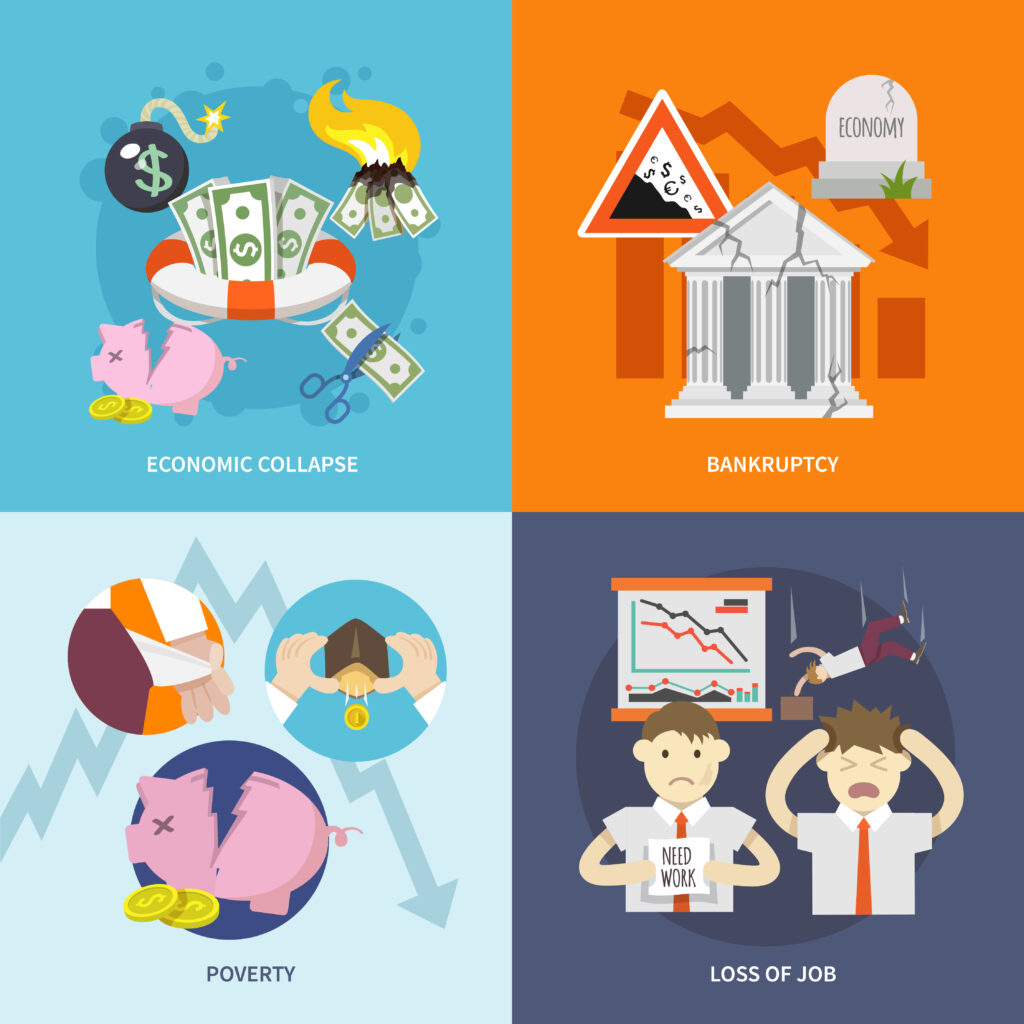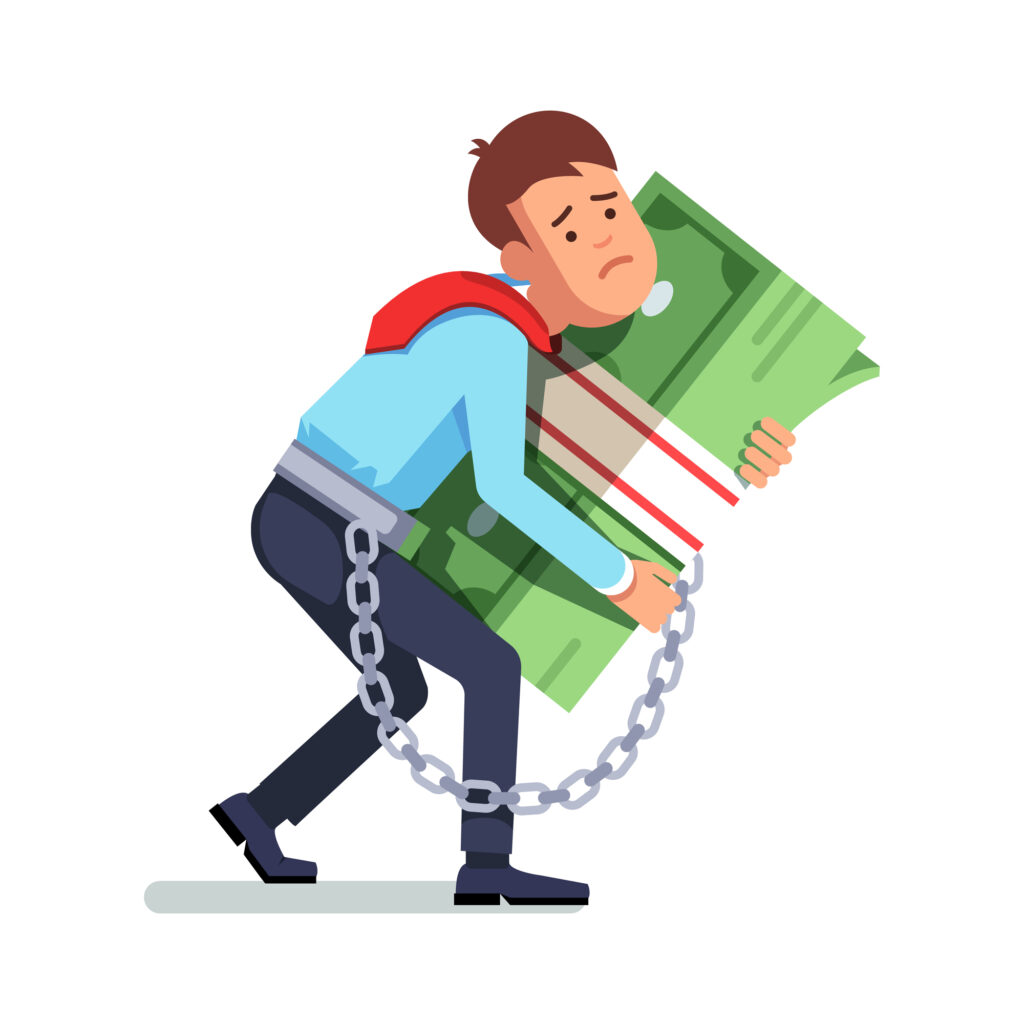In today's fast-paced world, it's easy to rely on money and credit to meet your needs and dreams. But when debt starts piling up, it can become heavy and stressful, taking a toll on both our health and emotional health. If you've ever felt trapped in debt, know that you're not alone - and there is a way to get out of it. In this blog, we will explore practical and effective strategies to help you take control of your finances and work towards a debt-free, financially secure future.
1. What is Debt Management and Why is it Important?

Debt management is about more than just paying off loans—it’s about reclaiming your financial peace of mind. When debt spirals out of control, it can weigh you down emotionally, affecting your sense of security and future aspirations. Excessive loans not only impact your savings and investments but can also make you feel stuck in a cycle of stress and uncertainty. That’s why striving for a debt-free life isn’t just a financial goal—it’s a step towards personal freedom and long-term stability.
2. Best Ways to Get Out of Debt
A. Analyze Your Debt

The first step is to take an honest look at your financial situation. Acknowledge your total debt, list down each loan along with its interest rate, and face the reality of your financial commitments. This may feel overwhelming, but clarity is the first step towards freedom. You can organize this information in an Excel sheet or use a finance app to track your progress and create a plan to move forward.
B. Follow Debt Repayment Strategies
You can follow two popular strategies:
1 Debt Snowball Method - Start by paying off the smallest loan first, regardless of interest rates. The quick wins give you a psychological boost, building momentum and confidence as you move on to larger debts. This method turns debt repayment into an empowering journey rather than a stressful burden.
2 Debt Avalanche Method - Tackle the loan with the highest interest rate first, as it costs you the most over time. While this method requires patience, it helps you save a significant amount on interest and speeds up your journey toward financial freedom.
1 Debt Snowball Method - Start by paying off the smallest loan first, regardless of interest rates. The quick wins give you a psychological boost, building momentum and confidence as you move on to larger debts. This method turns debt repayment into an empowering journey rather than a stressful burden.
2 Debt Avalanche Method - Tackle the loan with the highest interest rate first, as it costs you the most over time. While this method requires patience, it helps you save a significant amount on interest and speeds up your journey toward financial freedom.
C. Pay Off High-Interest Debts Quickly

Credit card debt can quickly snowball due to high interest rates, making it harder to break free. If you come into extra income—whether it’s a bonus, a tax refund, or a side hustle earning—prioritize paying off high-interest loans first. This not only reduces financial stress but also accelerates your journey to financial freedom.
D. Avoid Taking New Loans

If you’re already struggling with debt, taking on new loans will only add to the burden. Instead, focus on clearing your existing debt first. Every payment you make is a step towards financial freedom, reducing stress and bringing you closer to a life where your money works for you—not the other way around.
E. Find Extra Sources of Income

If you want to break free from debt faster, explore additional income opportunities that align with your skills and passions—whether it’s freelancing, a part-time job, or building a passive income stream. Every extra dollar you earn brings you one step closer to financial independence and a life without financial stress.
3. What to Do After Becoming Debt-Free?

Once you have cleared your debt:
* Build an emergency fund that provides a financial cushion for 6-12 months of essential expenses, ensuring you have the security to handle unexpected situations without falling back into debt.
* Invest wisely in mutual funds, fixed deposits, or stocks based on your financial goals and risk tolerance. Let your money work for you, growing steadily over time to build long-term wealth and financial security.
* Define clear and realistic personal finance goals that align with your long-term dreams, ensuring you stay financially secure and never fall back into the cycle of debt.
* Invest wisely in mutual funds, fixed deposits, or stocks based on your financial goals and risk tolerance. Let your money work for you, growing steadily over time to build long-term wealth and financial security.
* Define clear and realistic personal finance goals that align with your long-term dreams, ensuring you stay financially secure and never fall back into the cycle of debt.
4. Conclusion
Debt management isn’t just about numbers—it’s about reclaiming your peace of mind and financial confidence. By making intentional choices, staying disciplined, and cutting out unnecessary expenses, you can free yourself from debt’s grip. Every step forward brings you closer to a life where financial worries no longer hold you back, allowing you to focus on building a brighter and more secure future.
